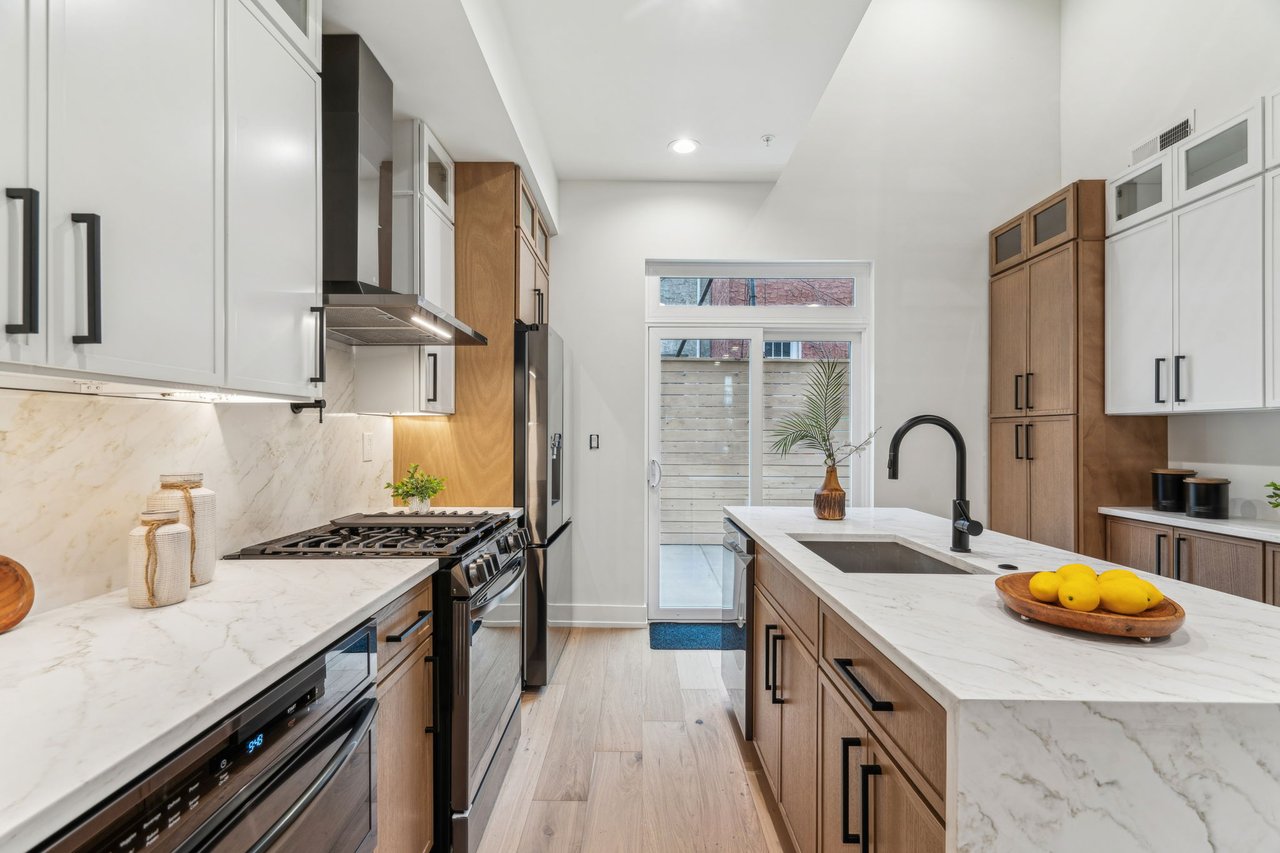Is the Zestimate Real? What to Actually Trust When You're Pricing Your Home
When it’s time to price your home, Zillow’s Zestimate might be the first number you see—but should it be the one you trust?
Spoiler alert: No.
Let’s break down why the Zestimate is often misleading, what it really factors in, and how you can actually determine your home’s true market value.
What is the Zestimate, really?
The Zestimate is Zillow’s automated valuation model (AVM). It’s generated by an algorithm that uses publicly available data like square footage, bedroom/bathroom count, recent nearby sales, and location.
Sounds like a good starting point, right? Not exactly.
Here’s the catch: the Zestimate doesn’t account for any of the things that actually make your home unique.
As one of our Rarity Real Estate team member, Navid Aberg, explained:
"The Zestimate doesn't take into account size, bed/bath count, and location. Nothing about quality, ugrades, etc. There's a reason Zillow lost billions of dollars trying to purchase properties for their Zestimate amount and resell them."
That's right. Zillow's own RE firm, Zillow Offers, famously shut down after hemorrhaging money buying homes based on Zestimates and failing to sell them at a profit. If Zillow can't use its own tool to reliably price homes, should you?
So...What & WHO Should you Trust Instead?
Your Local Agent's Comparative Market Analysis (CMA)
An experienced agent will assess your home’s upgrades, condition, and location, then compare it to actual homes sold nearby in real time. Not just past data—what’s happening right now.
Walkthrough Evaluations
An in-person walkthrough allows one of our agents to catch nuances an algorithm never could. Smells, light, ceiling height, flow, noise, and more—all impact price.
Strategic Pricing Based on Market Activity
If your neighborhood has 10 similar homes sitting unsold for 30+ days, your pricing strategy will be different than if every listing is getting 5+ offers in 48 hours.



